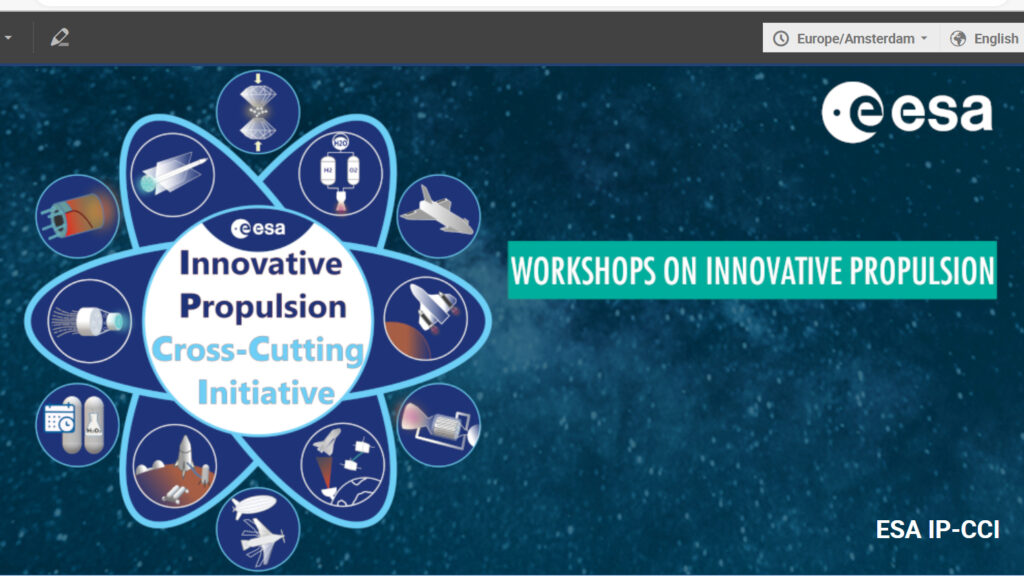MIPRONS warms up the engine for the Innovative Propulsion Cross Cutting Initiative (IP-CCI), hosted at ESA ESTEC (European Space Research and Technology Centre), in Holland, from 28th to 30th June.
This initiative focuses on particular topics of interest in breakthrough technologies, considering user programs and industry needs and exploiting propulsion technologies’ potential across the complete R&D life cycle.
Angelo Minotti, CEO and founder of MIPRONS, will be involved in workshop 4, on Wednesday, June 28th, on the water propulsion topic. The workshops, organized by IP-CCI, will serve the collection of future vision, needs and requirements for the development of Innovative Propulsion systems and technologies to consolidate the ESA Innovative Propulsion roadmap. The workshops constitute the forum where the participants will voice their interests and contributions towards the Innovative Propulsion topics.
The functional principle of WEP (Water Electrolysis Propulsion) is simple. When needed in orbit, the water is split into oxygen and hydrogen by electrolysis. The two gaseous propellants oxygen and hydrogen are then used to operate one or more thrusters. In the search for non-toxic, non-carcinogenic and in general non-hazardous replacements of hydrazine, water is the ultimate green propellant.
WEP requires a space operational (able to operate in weightlessness) electrolyser, tanks for water and gas storage, and a suitable thruster for gaseous oxygen and hydrogen. Some components are expected to be available as commercial off-the-shelf products. Others require dedicated development or delta development, starting from conventional systems.
MIPRONS is developing the first propulsion system based on in-space water electrolysis, making it the most fuel-efficient, powerful, and green propulsion system ever. MIPRONS has recently signed an agreement with Thales Alenia Space, the joint venture between Thales (67%) and Leonardo (33%), to develop a highly innovative propulsion system for satellites, using water as a fuel.
This innovative project will deliver outstanding benefits:
–High performance in thrust (up to 14 times higher than Electric Systems at the same power input) and specific impulse (>350s).
–Miniaturised (95x95x60mm), suitable for small sats and scalable up to high-trust satellites and space drones.
–Up to 90% faster space maneuvers compared to electric systems.
-Safer operations, avoiding electromagnetic interference of EP and risks of leakage of corrosive propellants.
–Lead times reduction (<3 months from currently up to 12 months for hydrazine), by replacing hazardous chemicals and rare gases with water.
–Space autonomy, raising EU independence from the Near-Far East suppliers.
–Truly green and safe, thanks to the use of water, making it particularly suitable for manned missions

